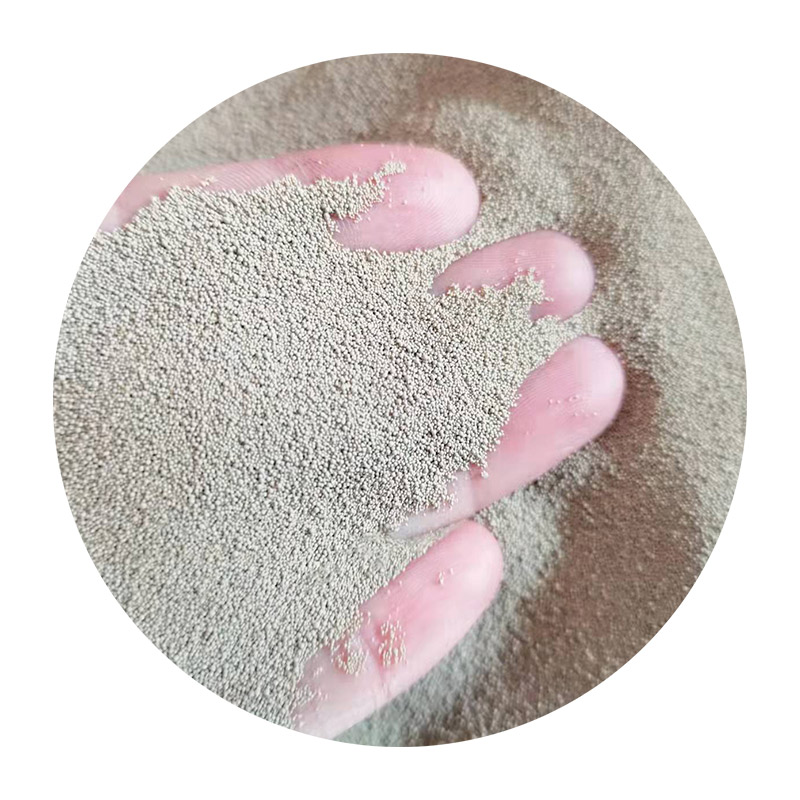The Role of Sintering in Sand-Based Materials
Sintering is a critical process in material science, particularly in the context of sand and its applications in various industries. The term sintering refers to the process where particles are fused together through heat, enabling the formation of a solid mass without reaching the melting point. It is an essential technique utilized in creating strong, durable materials often used in construction, manufacturing, and even advanced technology applications.
One of the most common applications of sintering is in the production of ceramics and other composite materials. Sand, composed primarily of silicon dioxide (SiO2), is often used as a starting material. When subjected to high temperatures, the particles of sand can coalesce and form a robust, porous structure. This structure not only enhances the mechanical properties of the material but also improves its resistance to environmental factors such as moisture and temperature fluctuations.
Sintering sand can be particularly advantageous in creating molds for casting metals. In metalworking, sand casting is a widely practiced technique that involves pouring molten metal into a mold made from sintered sand. The benefits of using sintered sand molds include their ability to withstand high temperatures, their cost-effectiveness, and their ease of manipulation. Additionally, sintered sand molds can be produced rapidly, which is crucial in industries that require quick turnaround times for production.
sintering sand

The process of sintering sand requires careful control of several parameters, including temperature, time, and the composition of the starting materials
. Optimizing these factors is vital to achieving the desired properties of the final product. Research is ongoing to develop advanced sintering techniques that employ additives or modified atmospheric conditions to enhance the efficiency and quality of the finished materials.Furthermore, the sustainable aspect of sintering sand cannot be overlooked. With increasing emphasis on eco-friendly practices, the sand used for sintering can often be derived from recycled materials or sourced sustainably. This approach not only minimizes waste but also reduces the environmental impact associated with mining and processing raw materials.
In conclusion, sintering sand plays a pivotal role in the development of durable and reliable materials used across multiple industries. Its applications in sand casting, ceramics, and sustainable practices highlight its importance in modern manufacturing processes. As technologies advance, the methods and applications surrounding sintering will likely evolve, offering new solutions and efficiencies in material production. Understanding and leveraging the power of sintering can lead to innovative approaches that align with the growing demand for sustainability and efficiency in the materials science sector.
Post time:9月 . 22, 2024 02:52
Next:sand and polish resin
